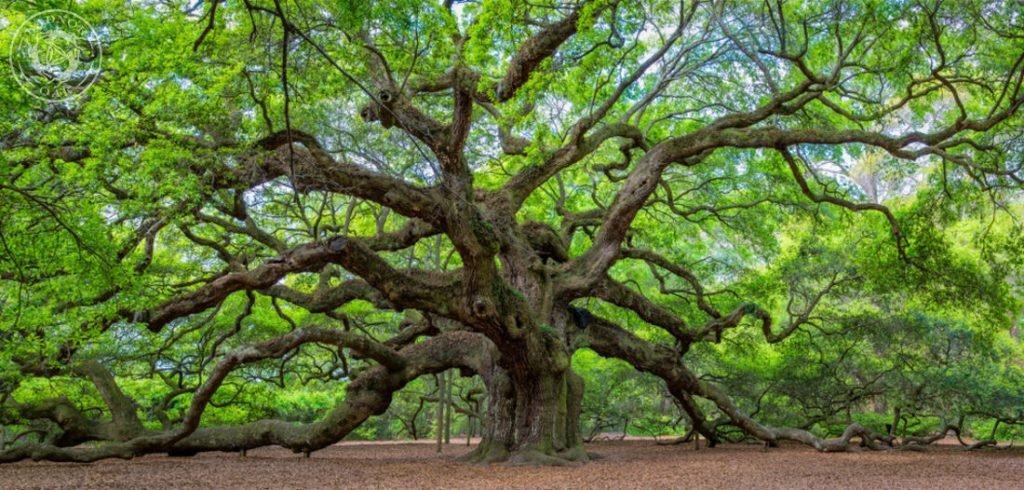Made in Britain
since 1990
Home » Blenheim’s Ancient Oaks
There are ancient oak trees scattered all across Europe and in the UK, but it’s a little known fact that Oxfordshire is home to Europe’s largest collection. Staff at Blenheim Park recorded a staggering 291 living ancient oak trees, which make up part of a Wychwood Forest, a medieval wood. Most of the trees are located in High Park, which is currently closed to the public as it is a fragile Site of Special Scientific Interest. It is said that Henry I used this area of the park for hunting deer and permitted entry to no others. Because of this, the oaks have been naturally preserved for so long. A good majority of the trees are at least 400 years old with some much older and up to 1000 years old. In fact, around 90% of the woodland here is made up of oak trees and it is thought that at least 60 of these oaks date back to the middle ages.

To keep this extraordinary legacy alive, the team at Blenheim are propagating 3000 acorns from their special collection of ancient oaks. The acorns have all been gathered from High Park and the tiny oaks are currently resting in glasshouses and small plantations with a view to eventually planting across the park. Blenheim’s rural manager, Rachel Brodie, said:
“Inevitably as time passes these magnificent trees will eventually die out, however by carefully propagating and protecting saplings grown from acorns produced by the original oaks we will be able to ensure the legacy of these great survivors will live on into the future,” she added. High Park has been recognised as one of the most biodiverse habitats in the UK. The ancient woodlands support more than 100 different protected and notable species of fauna and flora; including around 50 different types of beetle and 16 butterfly and moth species.“
Despite not being able to visit these extraordinary trees, there are plenty of other opportunities, anyone can search for and record trees on the Woodland Trust’s Ancient Tree Inventory. The inventory has been running for over a decade, there are already around 160,000 trees listed but thousands more to add. Recording sightings is a great way for the public to play an active role in preserving these trees and some of our most important habitats.
